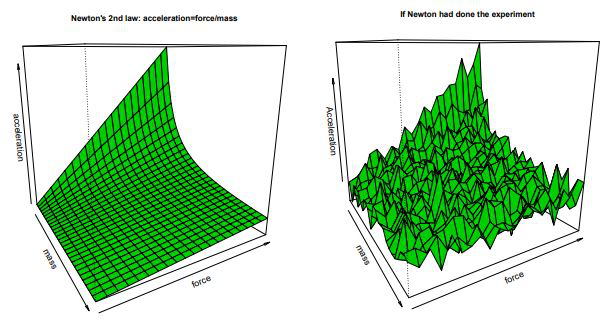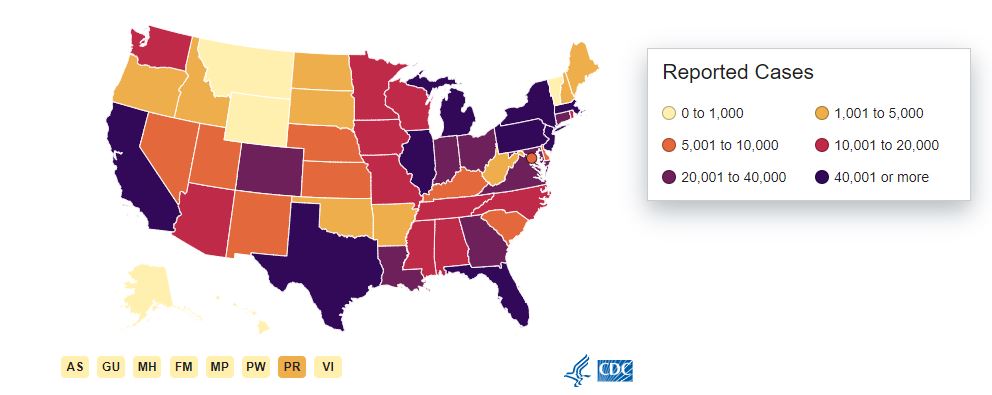New Era of Statistics
Pure-prediction algorithms and how they interact with and relate to classical statistics.
Today we discuss the new era of pure-prediction algorithms, the differences that these algorithms have from more classical statistical approach, and how the landscape is changing to possibly accomodate for them. Below are a short list of different algorithms that each serve a differnt purpose.
- Prediction: Random Forests. Boosting, Support Vector Machines, Neural Nets, Deep Learning
- Estimation: Odinary Least Squares (OLS), Logistic Regression, Generalized Linear Model: Maximum Likelihood Estimation
- Attribution (Significance): ANOVA, Lasso, Neyman-Pearson
Perhaps if you are familiar with buzzwords from the data science world, you know some (or all) of the algorithms listed under the "Prediction" catagory. These have gotten amazing public attention, and while still stemming from traditional regression theory, they can operate on an enormous scale and have many popular successes. Equivalently, if you are familiar with statistics, you may recall hearing some of the algorithms listed in the other two catagory. These are some things that lasted the trials of time, something that we have come to depend on over the years.






